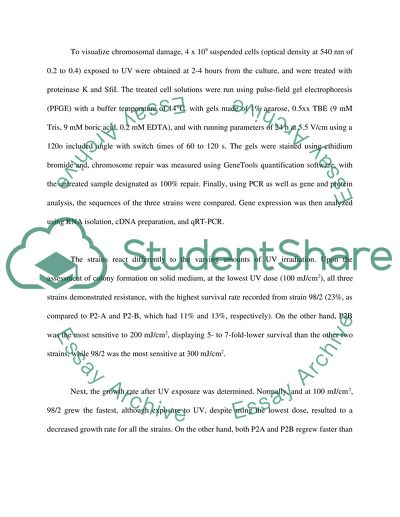DNA Repair Mechanisms Research Paper Example | Topics and Well Written Essays - 1000 words. Retrieved from https://studentshare.org/biology/1439402-dna-repair-mechanisms
DNA Repair Mechanisms Research Paper Example | Topics and Well Written Essays - 1000 Words. https://studentshare.org/biology/1439402-dna-repair-mechanisms.


